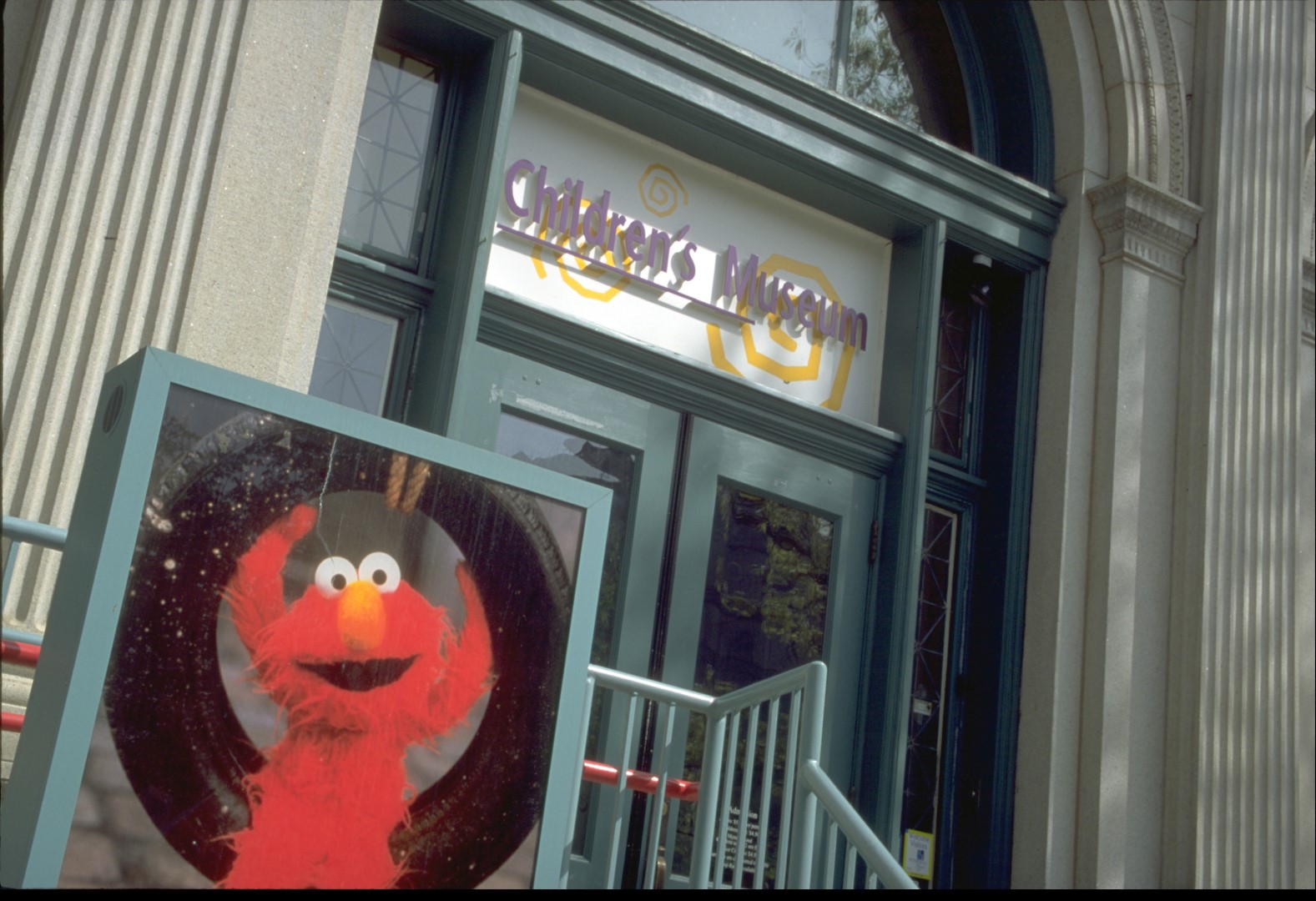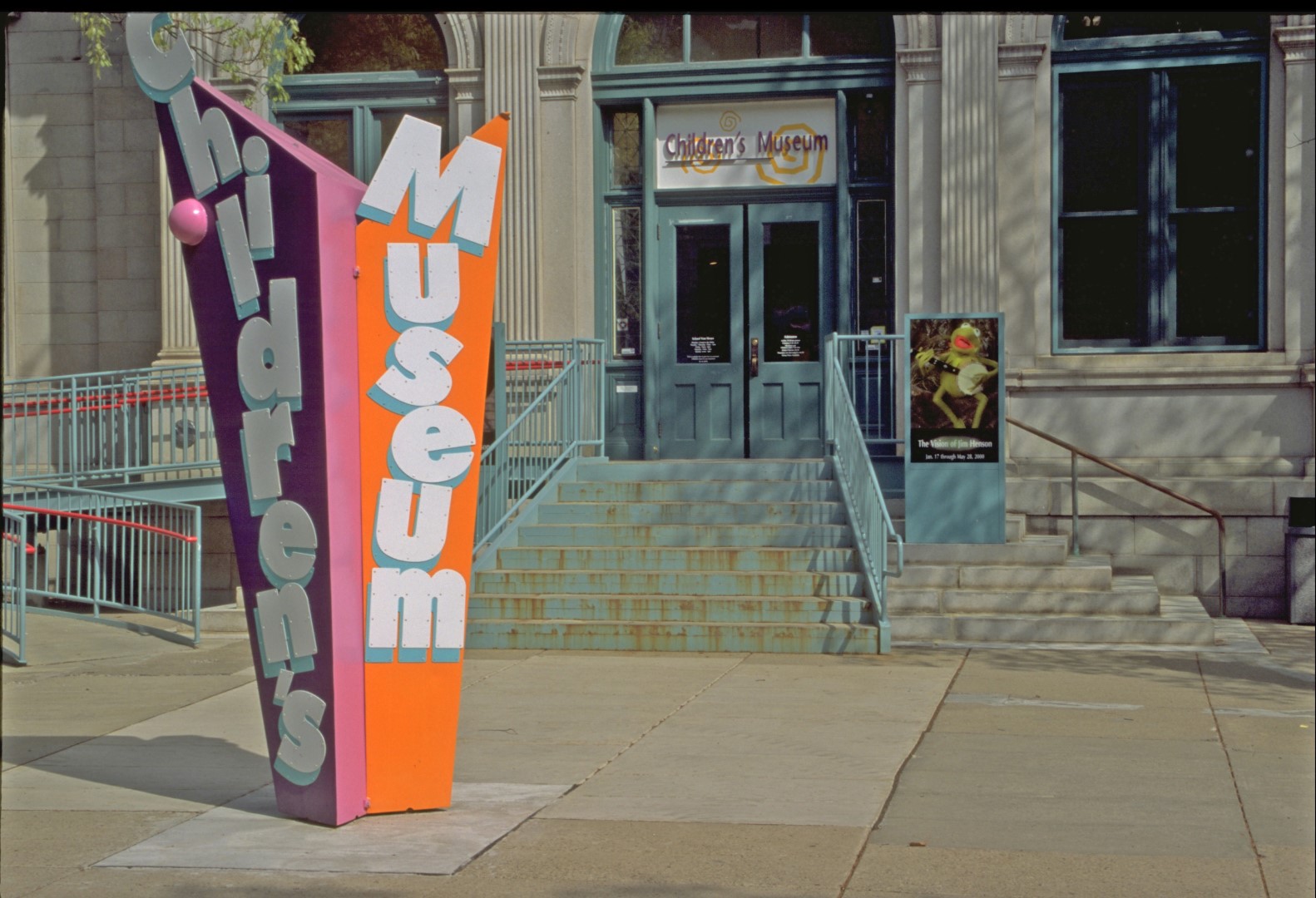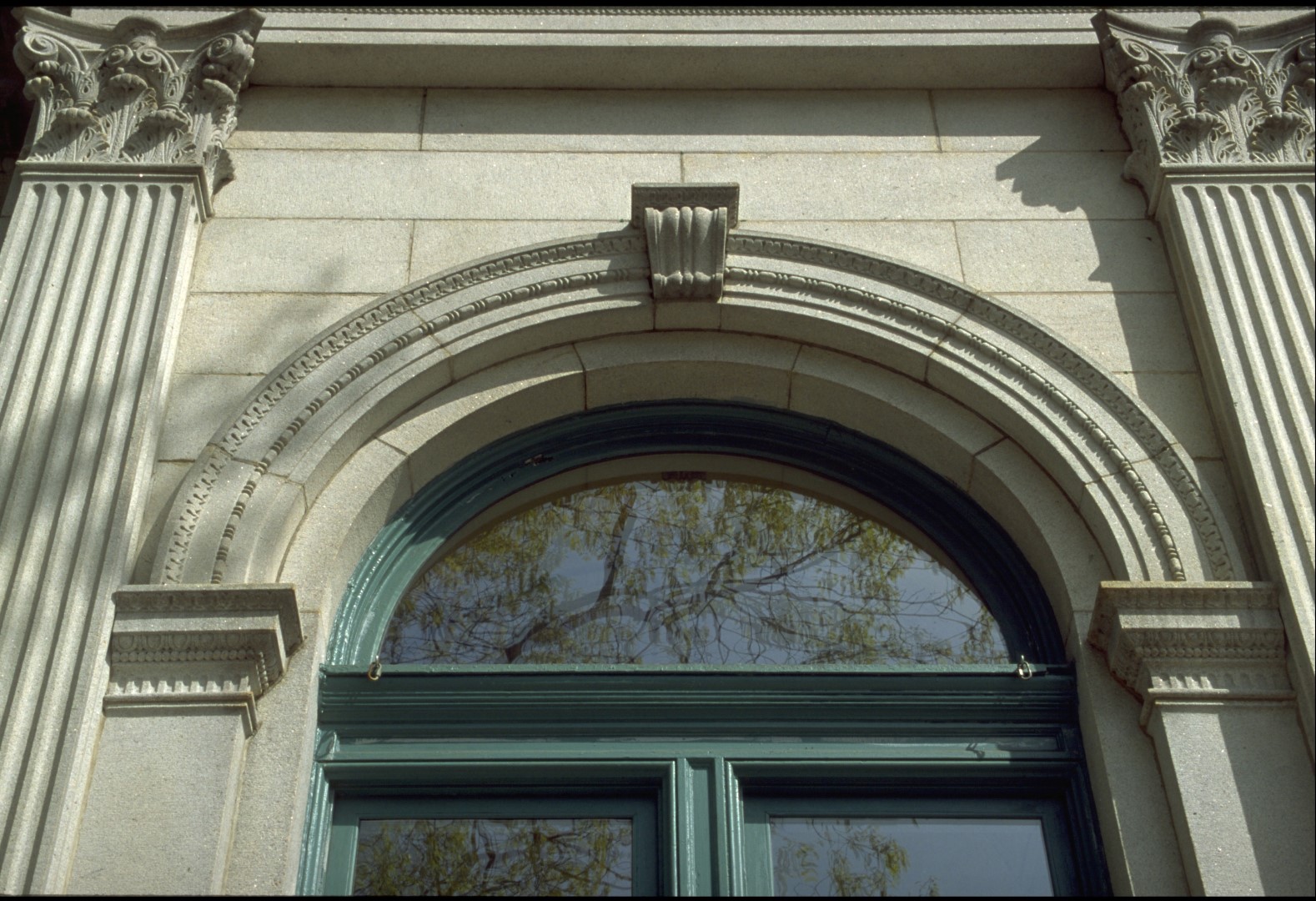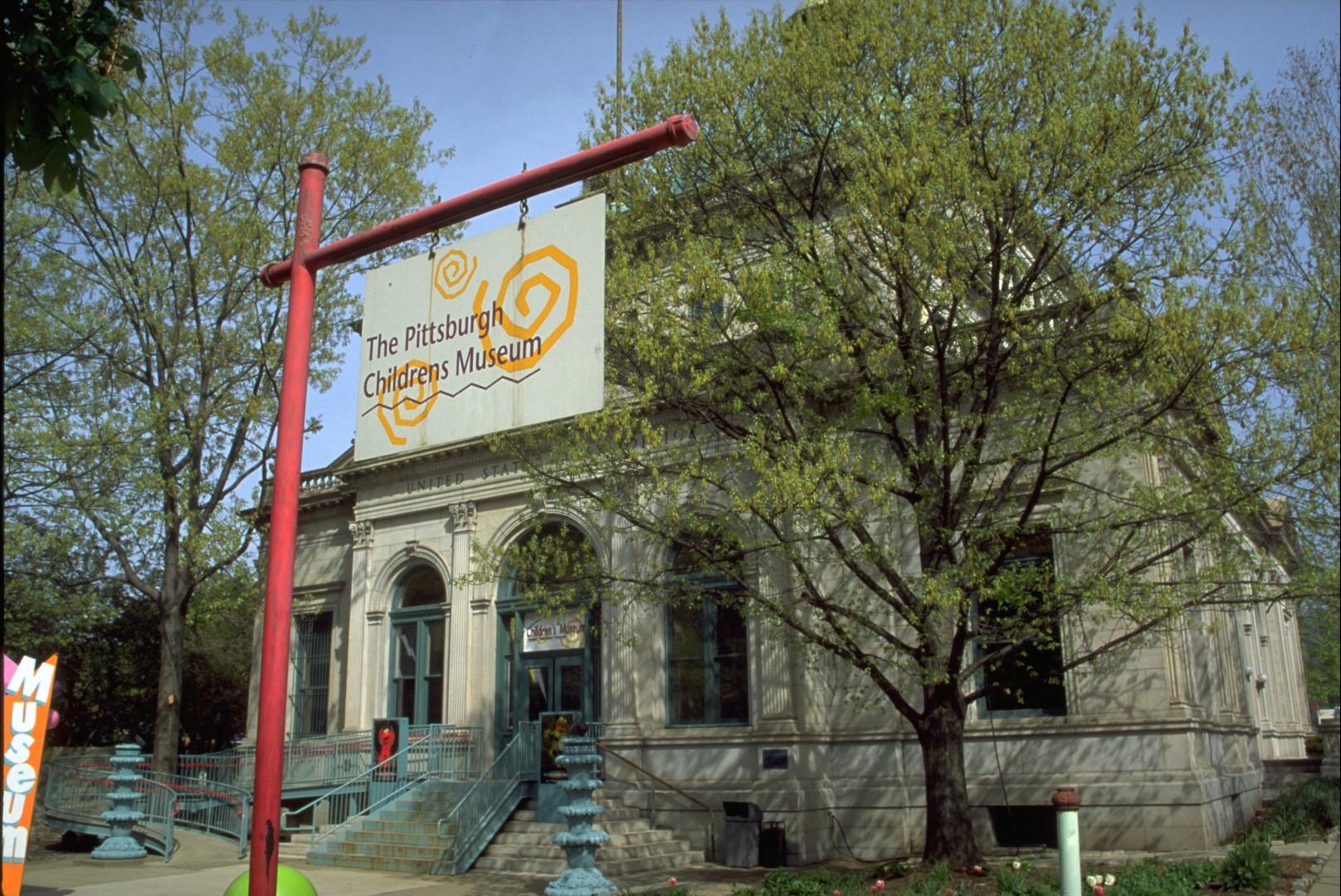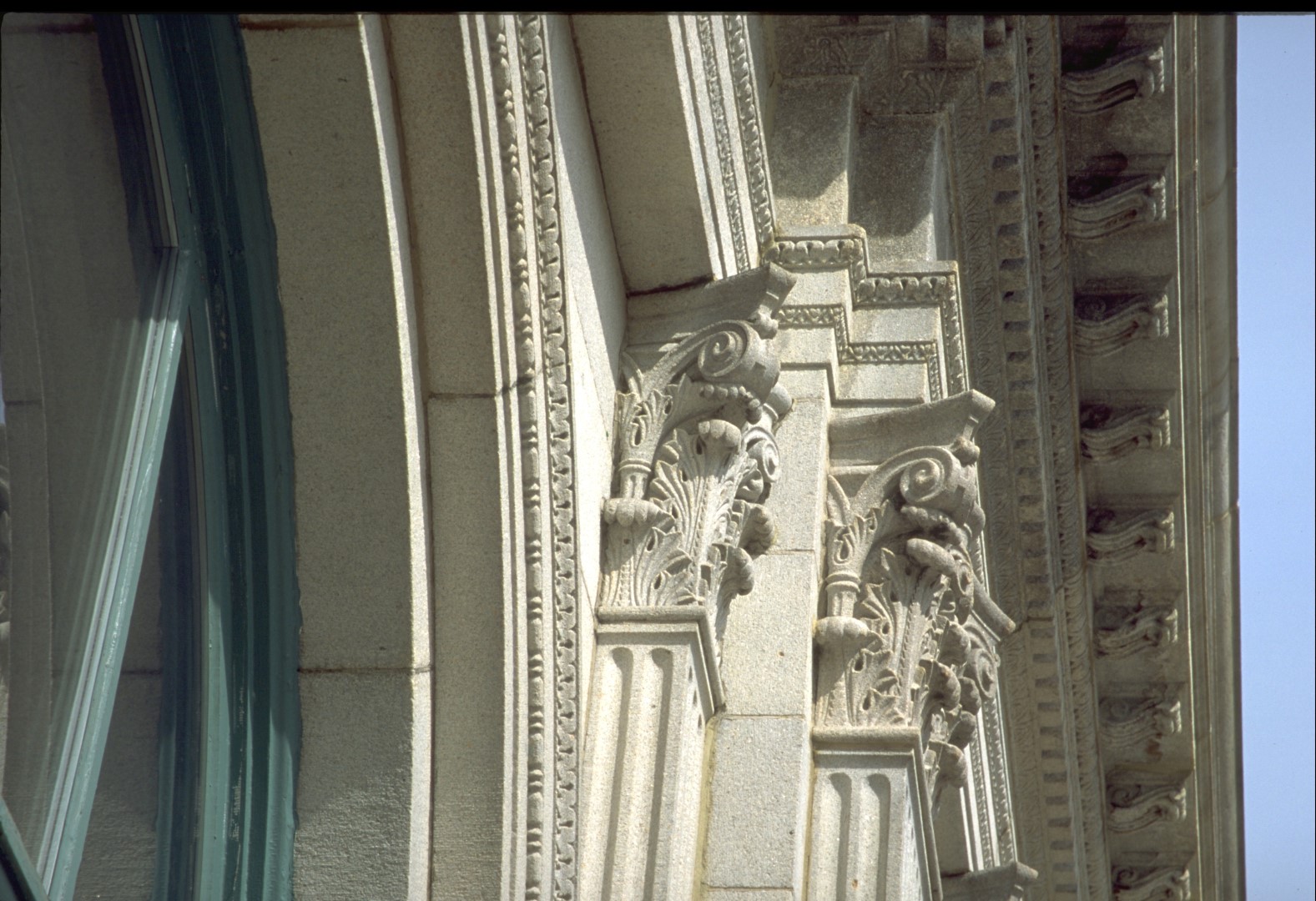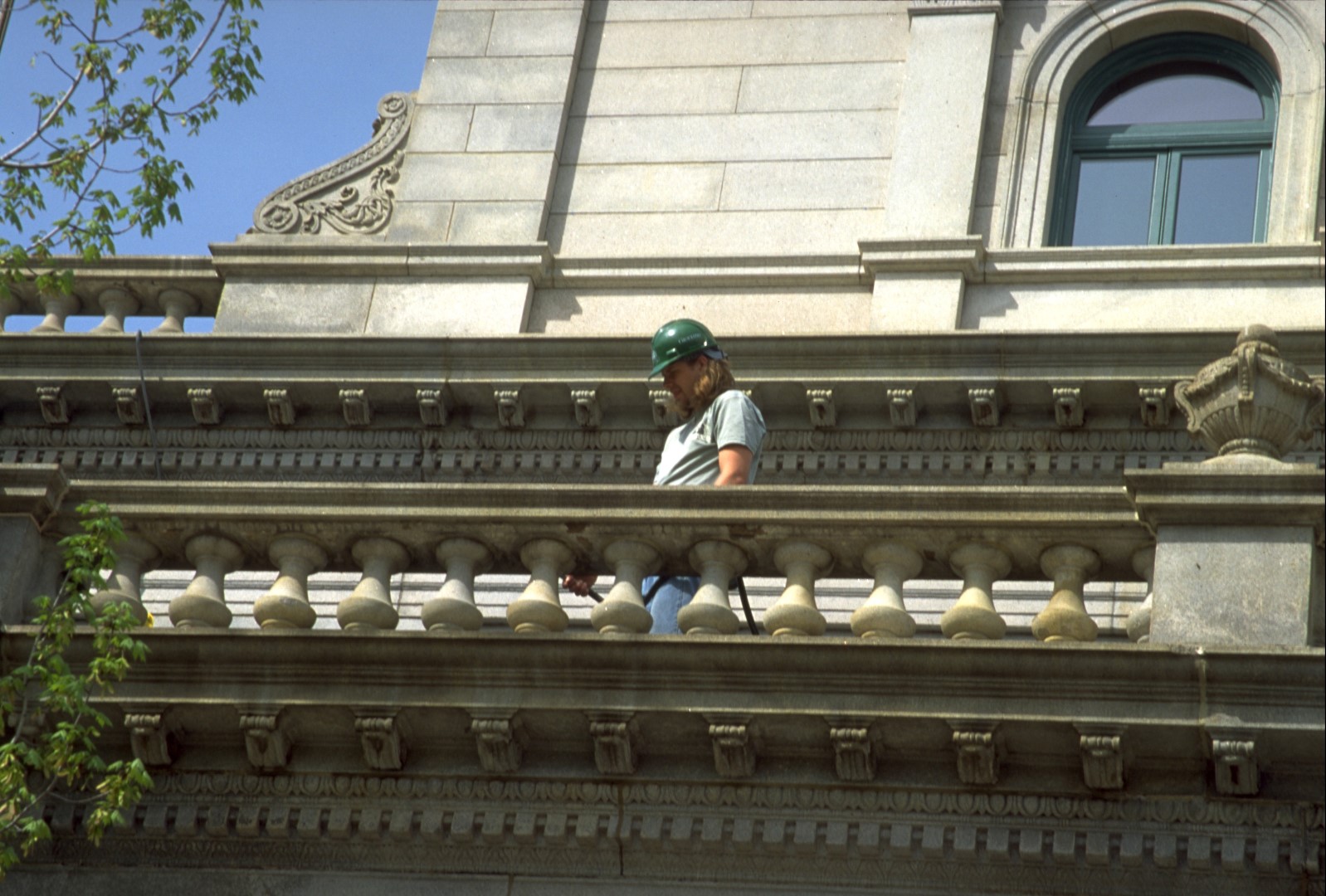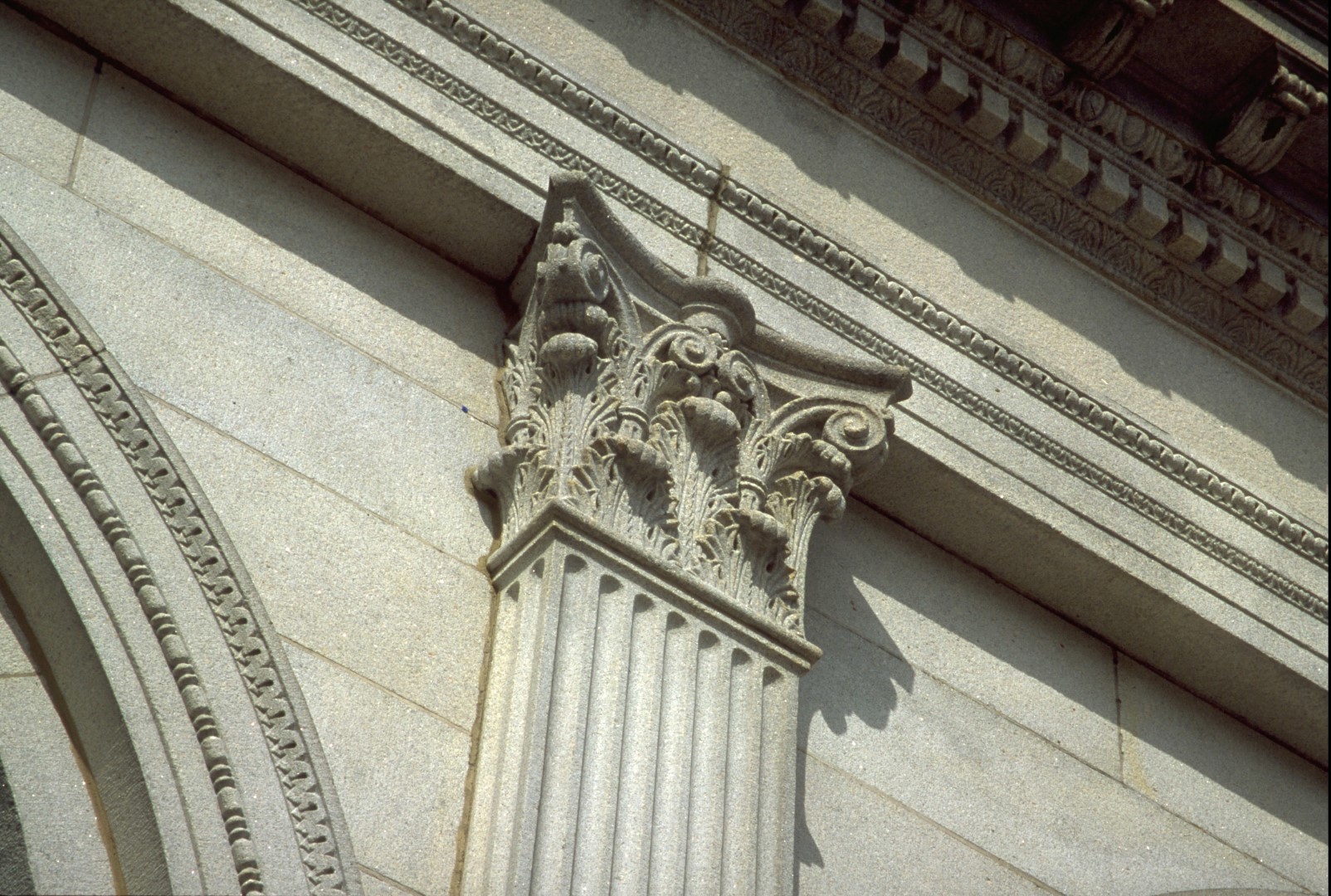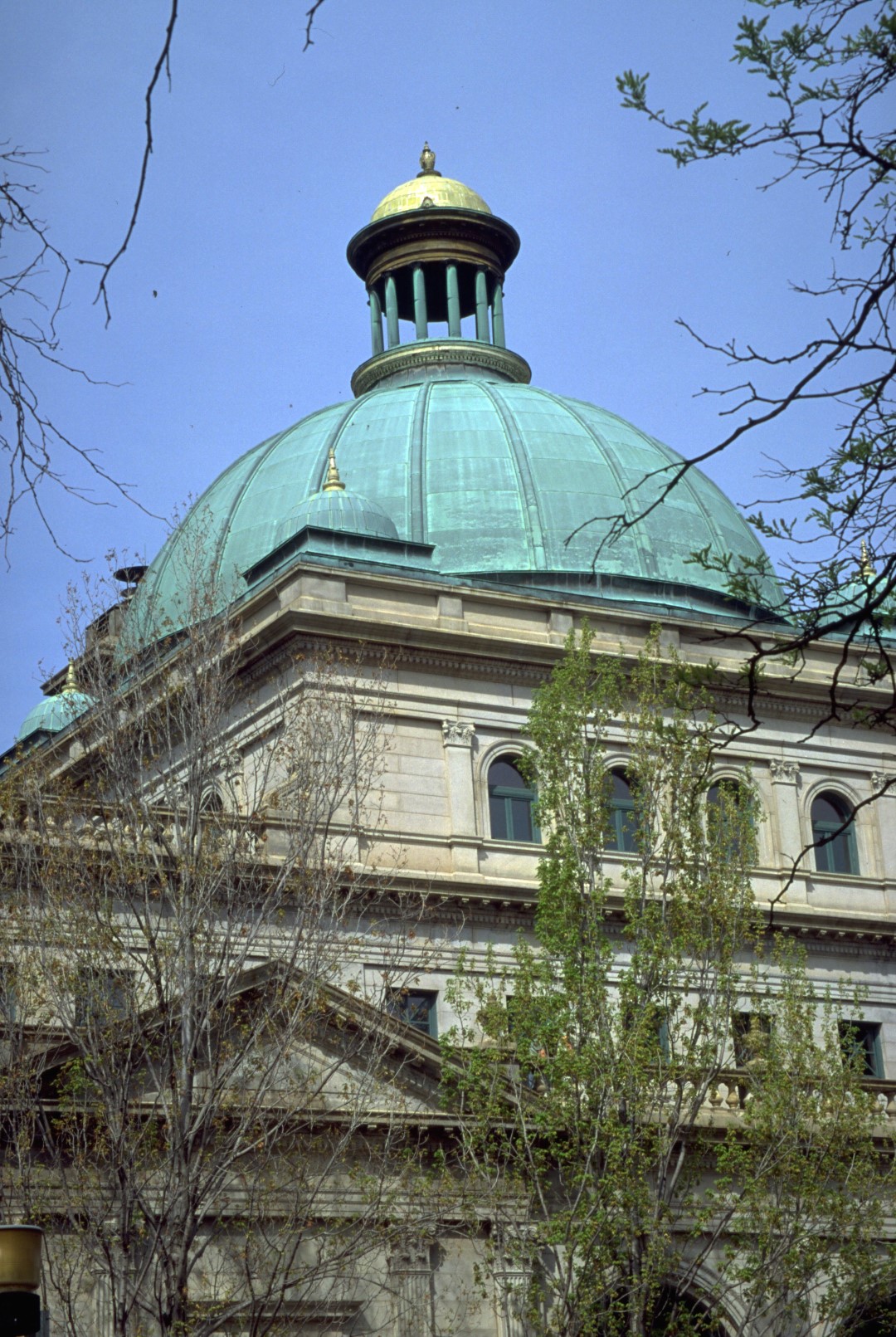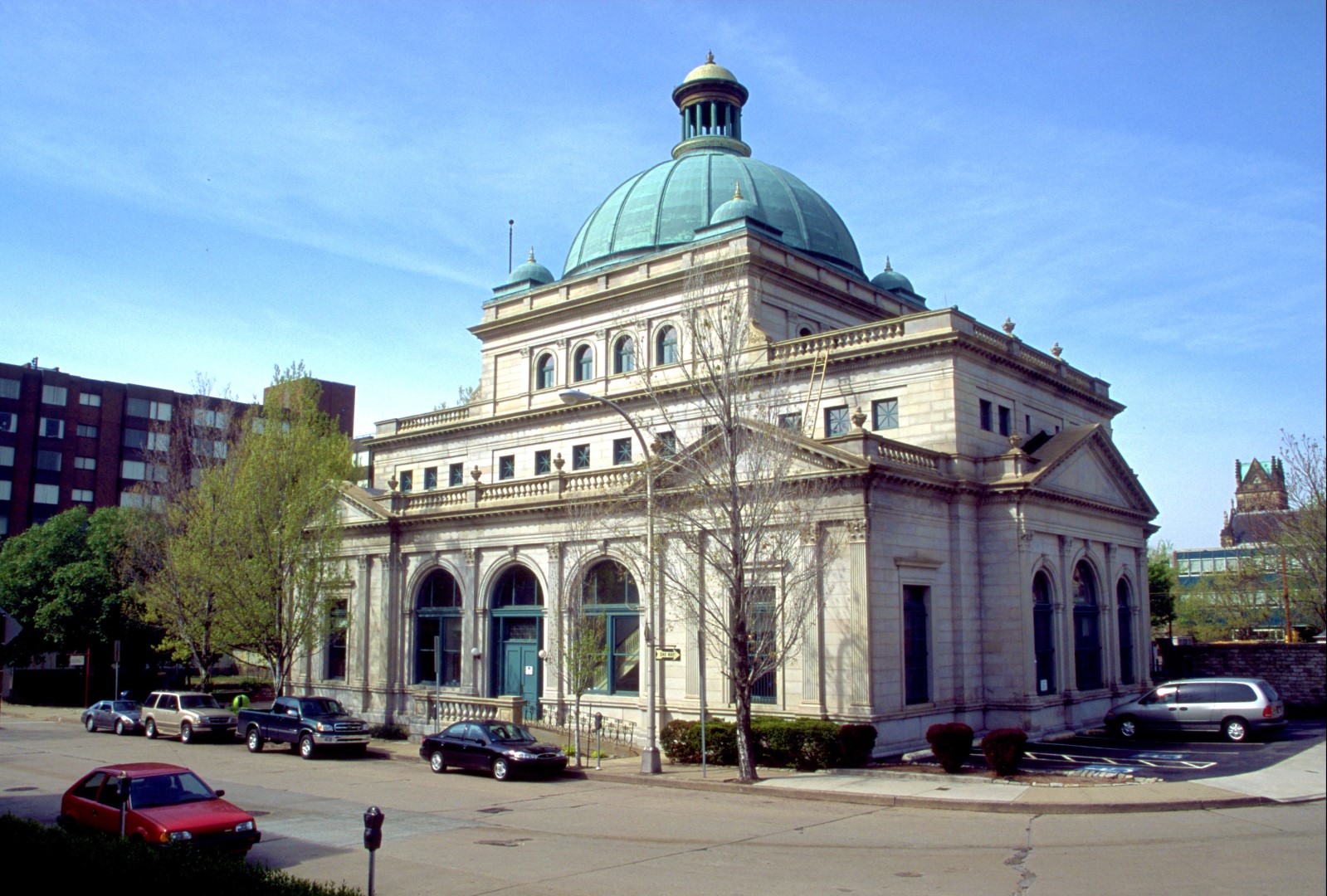
Graciano was involved in a labor of love at the Children’s Museum of Pittsburgh, formerly a grand old post office on the city’s North Side. Working at cost, the company worked to give the owners the best their money could bring and revive the aesthetic effect the building had when first constructed.
The project included:
- Repair of masonry joints
- Chemical cleaning of the shell over the masonry
Project Details
Name: The Children’s Museum of Pittsburgh
Completion Date: 4/1/2000
Owner: The Children’s Museum of Pittsburgh
General Contractor: Graciano Corporation
Project Included
- Stonework
- Stone Patching
- Sealants
- Repointing Masonry
- Individual Brick Replacement
- Coatings
- Chemical Cleaning
- Brickwork
- Acidic Cleaners
Glossary Terms
WaterproofingIt’s important to waterproof concrete structures to keep moisture out of the facility and to protect the structural components of concrete and imbedded reinforcing steel. If the integrity of the concrete is maintained, it can remain waterproof. Polyurethane is considered one of the best waterproofing materials. It can be applied seamlessly and penetrates the surface deeply and evenly. The polyurethane membrane will fill in even the finest cracks in concrete, reducing its water absorbency capacity. Many types of waterproofing systems can be used depending on your home’s structure
Urethane Foam or Epoxy InjectionUrethane Foam or epoxy injection is a cost-effective and permanent way to stabilize and seal cracked or compromised masonry surfaces. Depending on the size of the crack, urethane foam or epoxy is injected into the void and allowed to cure. Once hardened, these materials help form a stable subsurface to support masonry restoration operations.
Tuck PointingTuck pointing entails removing loose or cracked mortar from brickwork or stone installations and replacing its new mortar to ensure structural integrity and to seal out damaging water and moisture. Mortar for tuck pointing must be carefully selected to ensure that its color and texture of the new mortar closely matches the existing material that was not compromised and did not need to be removed.
Traffic CoatingsTraffic coatings protect concrete surfaces from wear and tear caused by automobiles, machinery or pedestrian traffic. Most commonly formulated from an epoxy base, these coatings seal out moisture and damaging materials such as salts and oils. They are frequently impregnated with fine aggregates to improve traction and to minimize slipping hazards.
Terra Cotta Replacement and RepairTerra cotta is a building material that is cast from clay and then glazed. Terra cotta components add great color and detail to a building, but are also highly susceptible to cracking and damage from impacts or freeze and thaw cycles. In many cases, damaged terra cotta sections must be removed and replaced with new materials to prevent water infiltration and structural damage. Replacement components must be created to replicate the design of the original piece, as well as the coloration that is acquired as the surrounding pieces age. Frequently, it is necessary to repair and stabilize the structural underpinnings that support a terra cotta installation, as corroded pins or structural supports can cause further damage as time passes. In cases where a terra cotta component has sustained minor damage, it is often possible to perform repairs on the piece without removing the compromised element from its installation.
Structural RepairsMost concrete structures are reinforced by reinforcement rods (“rebar”) or structural steel. If the concrete skin of the structure has been damaged or has deteriorated, it is frequently necessary to restore or replace the steel substructure. In cases where the building has been built with little steel in the structure, it is frequently necessary to employ and anchoring system to stabilize the building before repairs can be made.
ShotcreteShotcrete is a material that combines concrete with compressed air. The mixture is pumped through a hose at high pressure, and is then applied to the desired surface. The force of the air pressure consolidates the material on the surface. Shotcrete can be formulated in one of two ways. The wet method premixes the concrete with water before it is pumped through the high–pressure hose. The dry method involves sucking the dry materials into the application system, combining them with water within the hose, and then apply them to the final surface.
SealingSealing effectively closes the porous surface of concrete and makes it more impervious to damaging substances, such as gasoline, oils or melting agents. Sealants are available in clear formulations, for high visibility, high aesthetic areas, or in urethane formulations for high–traffic areas, such as parking decks or industrial floors.
Polymer-Modified Mortar RepairsPolymer-modified mortar repairs involve the addition of plasticizers to traditional mortar. These additives improve the mechanical performance of the mortars by improving adhesion qualities, extending working times and improving hot weather workability. Polymer-modified mortars can also offer improved chemical resistance, higher flow, increased flexibility and better levels of compressive and tensile strength.
Parking Deck RepairParking deck repairs frequently involve repairs to both the deck surface and to overhead concrete structures that may have been damaged by water infiltration or exposure to melting agents. Repairs can take the form of partial–depth repairs, where a damaged area is filled and sealed, or through–depth repairs, where concrete is removed through to the other side of the damaged surface and then replaced. Repairs may also be made to vertical surfaces clad in concrete or masonry materials, or to overhead surfaces, such as ceilings.
Masonry RestorationMasonry restoration involves the repair of existing masonry materials or the complete replacement of damaged materials with new or reclaimed bricks or stones. Color and texture matching are key considerations in masonry restoration, as an accurate match can make areas of restored stone or brick blend in seamlessly with existing materials. To achieve an accurate color and texture match, it is frequently necessary to return to the original brick manufacturer for replacements, or to the original stone quarry where material for the existing stone components was cut.
Masonry CleaningMasonry cleaning entails the removal of dirt, debris, paint, and graffiti from various surfaces of masonry structures. Commonly used masonry cleaning techniques include high and low – pressure washing and chemical cleaning. Regardless of the method used, special care is taken to avoid over cleaning – and possibly damaging – aging masonry surfaces.
GroutingGrouting is used to seal the spaces between masonry installations such as tile or terra cotta. Grout may be colored to blend with the masonry materials, or can be used to create contrast within the masonry design. Grout is typically applied by hand by filling the joints with material and then troweling it out over the adjoining tile or terra cotta. Once the grout has set, a craftsman returns to the area that was grouted and removes any excess material from the face of the installation. As grout is frequently porous, it must be sealed once it is completely dry to protect it from dirt infiltration.
Façade RepairsFaçade repairs involve removing damaged or degrading concrete from the surfaces of a structure, stabilizing the repair site, and filling any voids or cracks with new material that has been formulated to match the color and texture of the existing material that surrounds the repair. Façade repairs can also demand the creation of customized forms to allow for replication of cast–in–place detail.
EIFS CleaningExterior Insulation and Finish Systems cleaning, also known as EIFS cleaning, involves removing dirt and grime from the exterior surfaces of structures clad in Dryvit or other types of stucco–like materials. To avoid damaging the thin exterior skin of these structures, mild cleaning agents and low–pressure water is most frequently used to dislodge surface dirt. Manual cleaning is also used to remove dirt in hard–to–reach areas or intricate detail.
DemolitionDemolition entails the removal of damaged or undesired concrete. It is most frequently accomplished with a jackhammer or another piece of pneumatic equipment.
Cementitious CoatingsCementitious coatings are generally comprised of Portland cement that has been combined with a vermiculite or perlite premix. These coatings are used to provide fire protection on steel or concrete surfaces, and are typically sprayed on while a structure is under construction.
CaulkingCaulking is used to seal gaps between masonry surfaces, such as brick or stone, and other architectural elements, including window and door frames, decorative hardware or lighting fixtures. Caulking is most often applied with a gun, and is available in butyl, latex or customized formulations. The color of caulk is selected to match the surfaces surrounding the application site. When applied, the caulking gun is inserted in the gap to be filled. Caulking material is then injected into the void to seal the opening.
Balcony RepairsBalcony repairs typically involve structural stabilization and replacement of damaged or missing components. In many cases, due to water infiltration or damage from the environment, it is necessary to remove the facing surfaces and decking materials from a balcony, stabilize the steel framework that ties the structure to the building, and then replace the facing surfaces with new or recovered material.
Abrasive CleaningHeavily soiled masonry surfaces may require abrasive cleaning to effectively remove deposits of grime, paint or graffiti. Abrasive cleaning typically involves high–pressure application of sand or another type of inert, abrasive material directly to the masonry surface. When the abrasive cleaning has been completed, the masonry surface is frequently rinsed with low-pressure water to remove any remaining dirt or cleaning materials.
